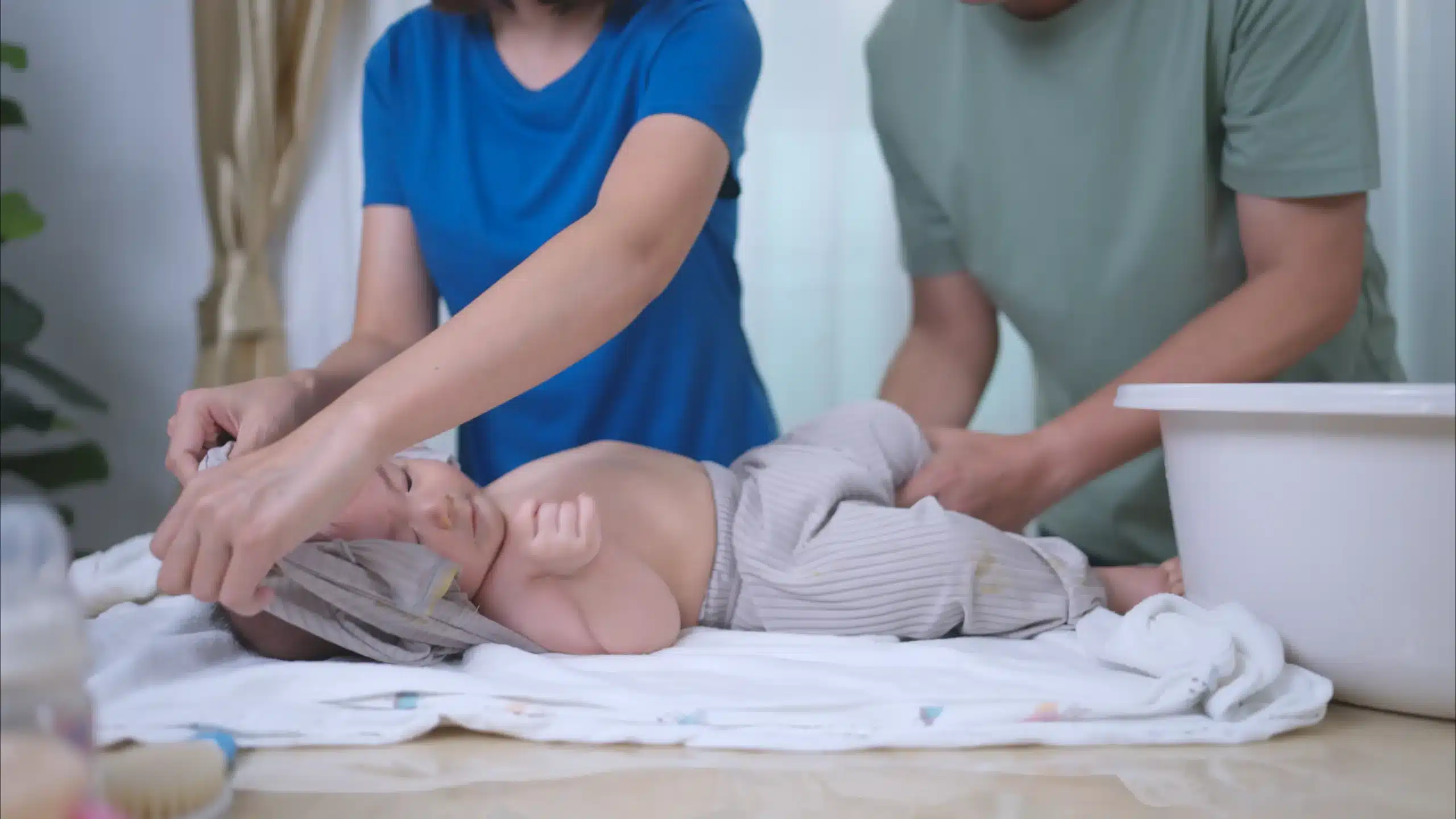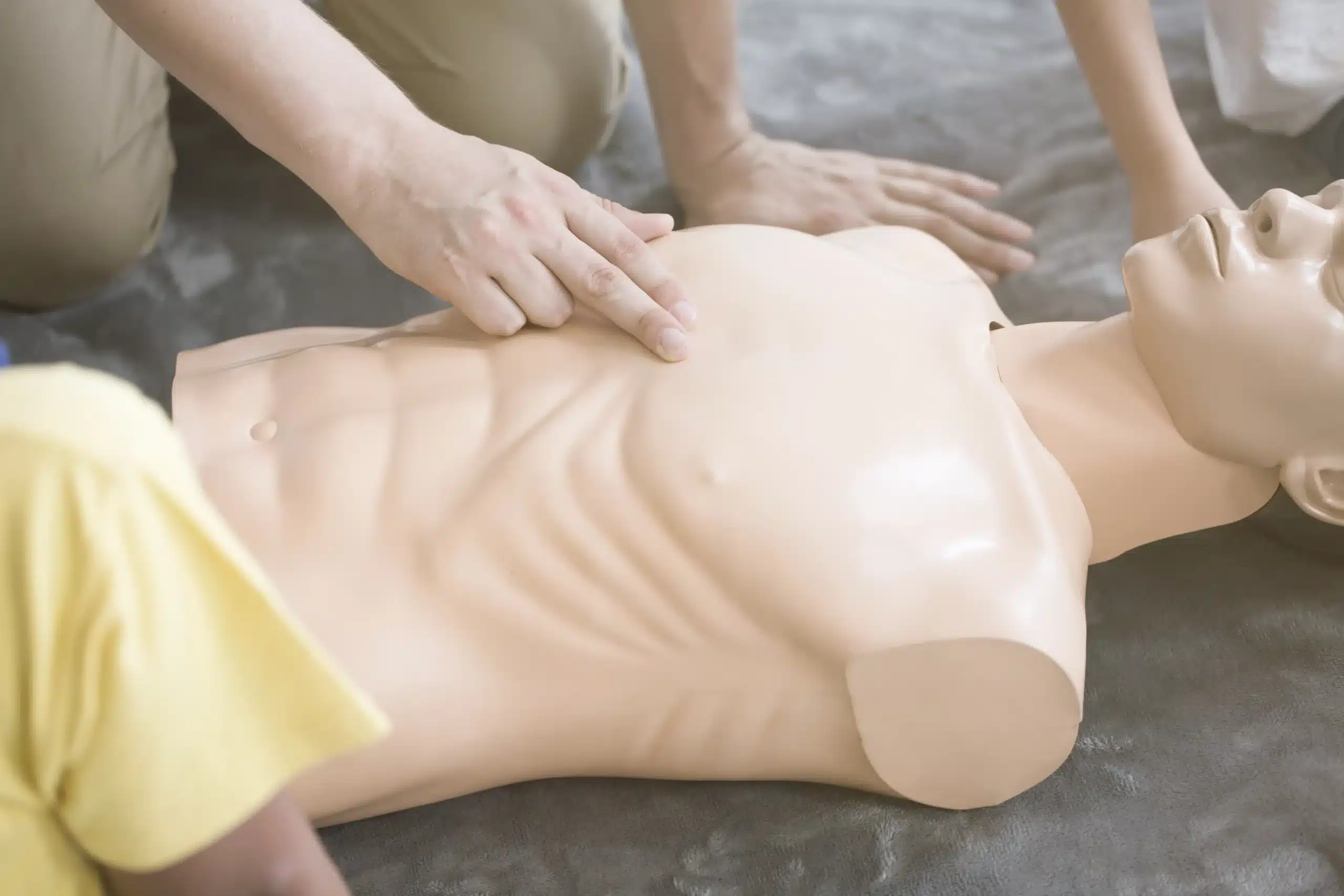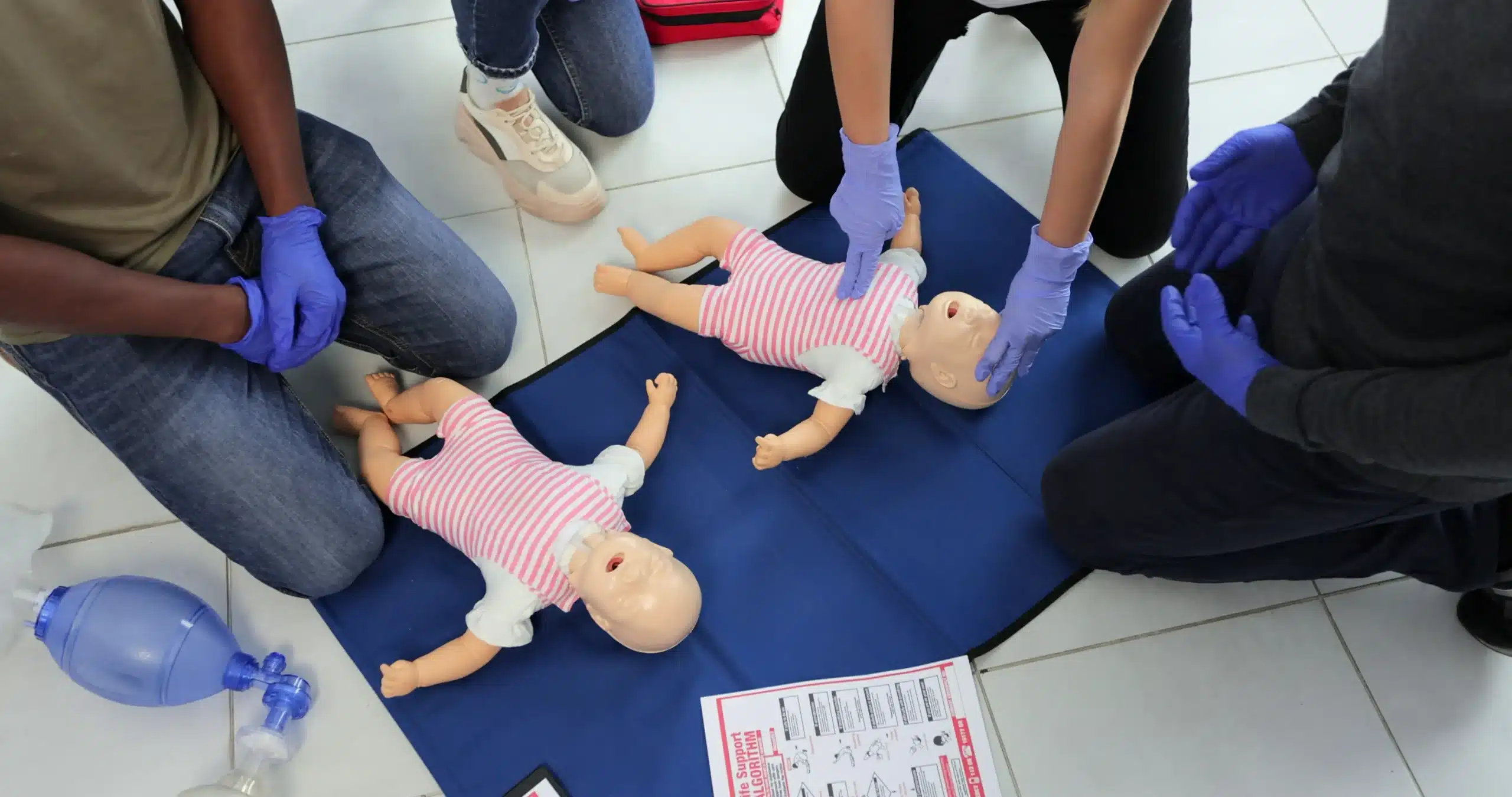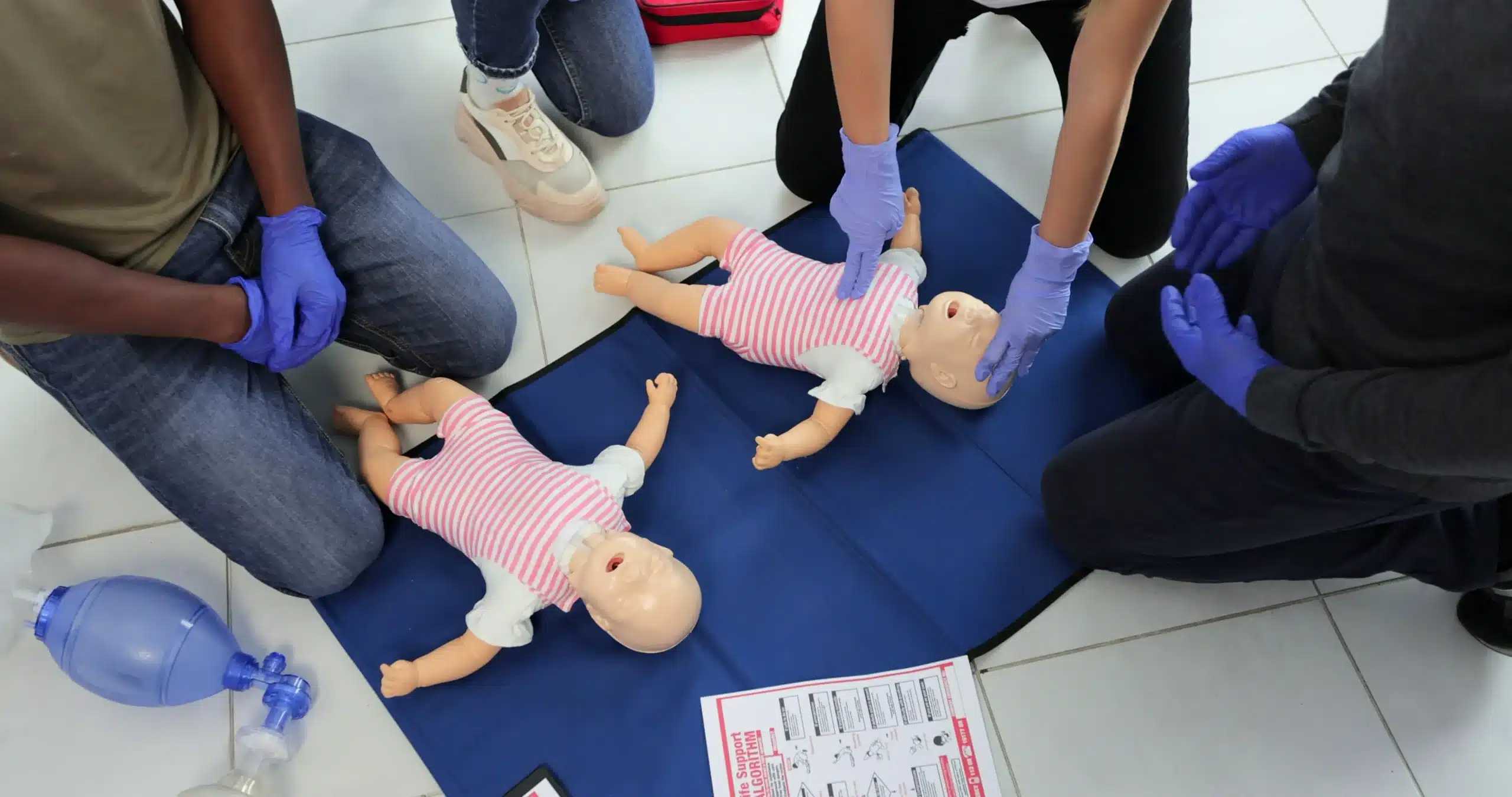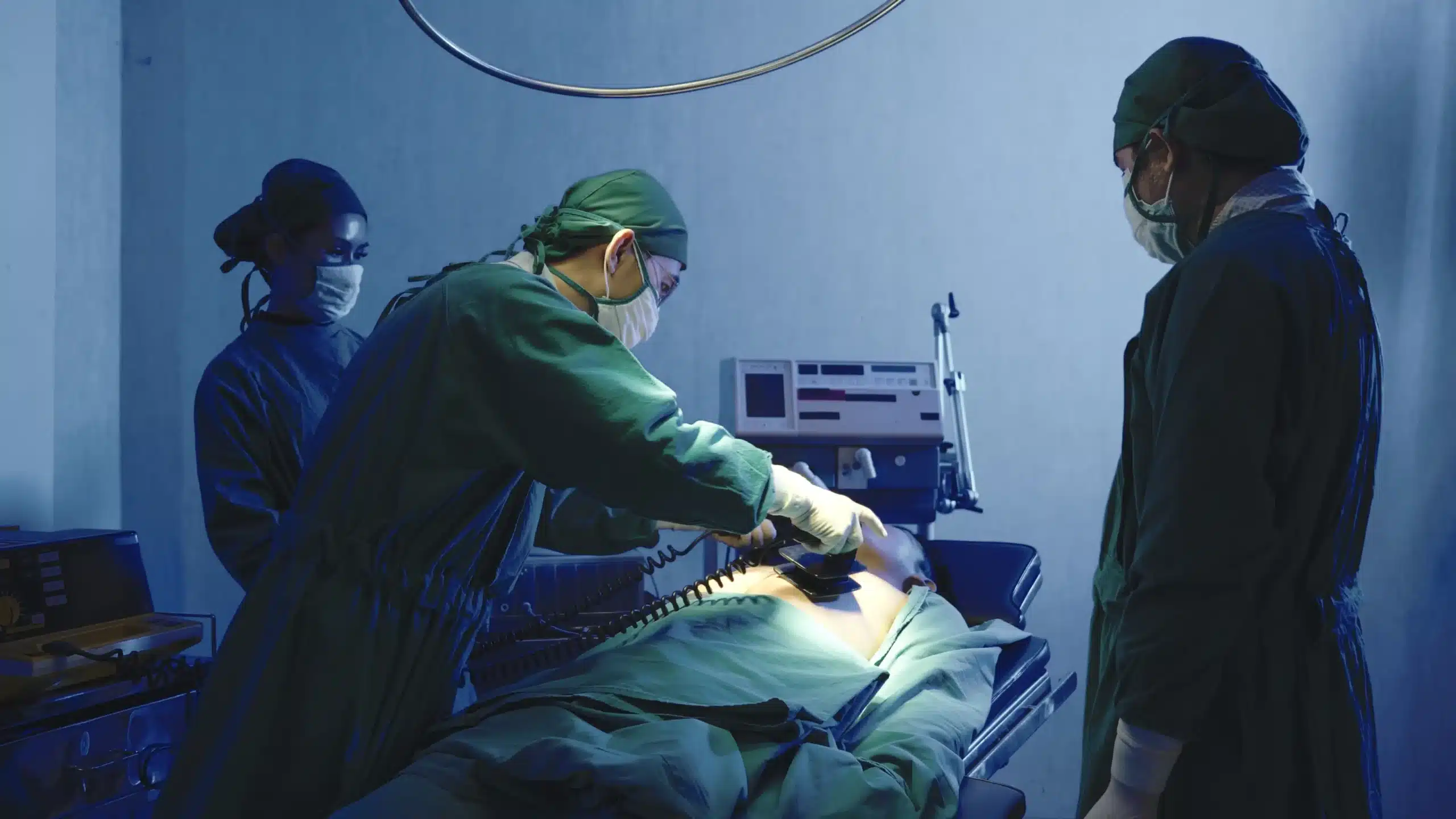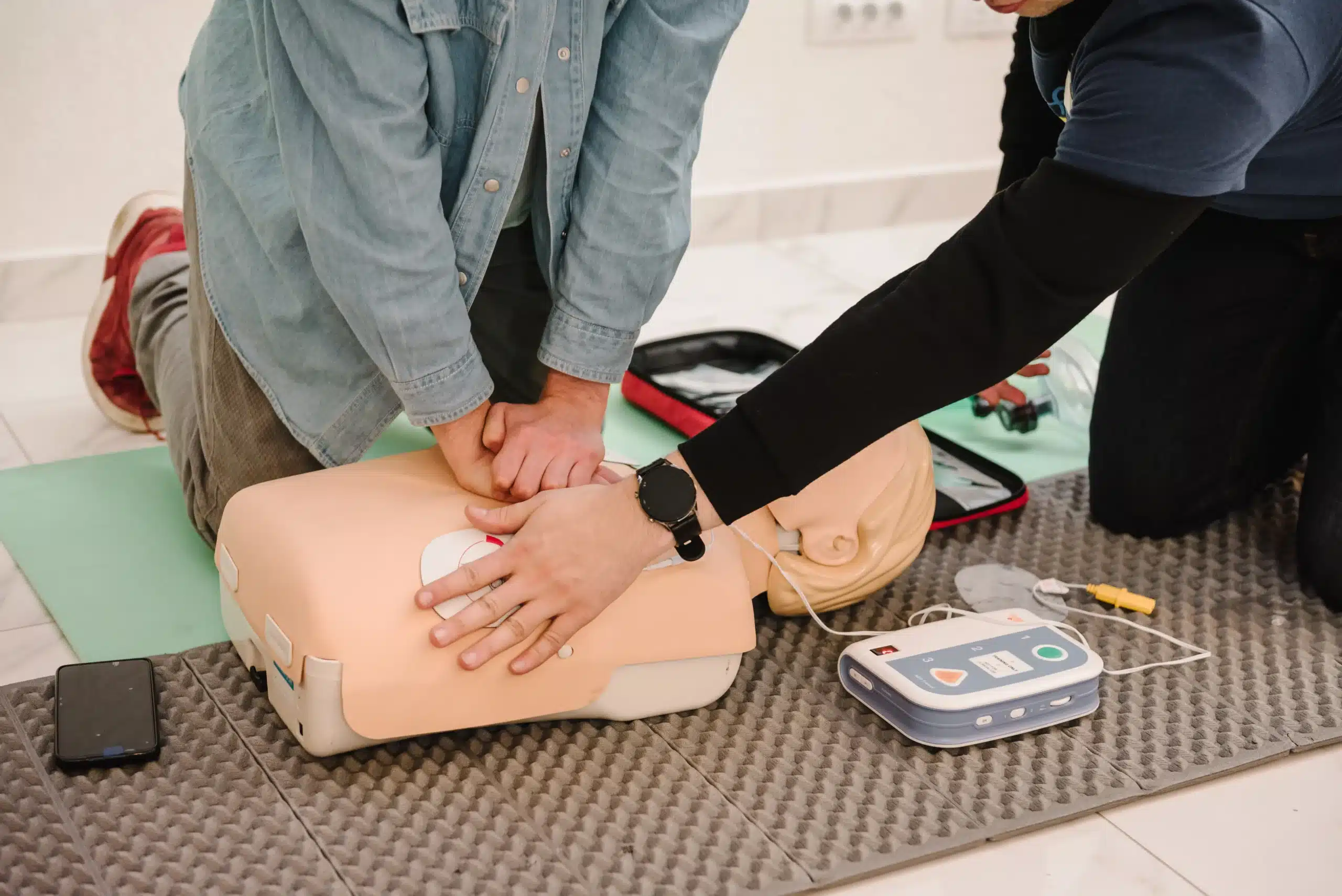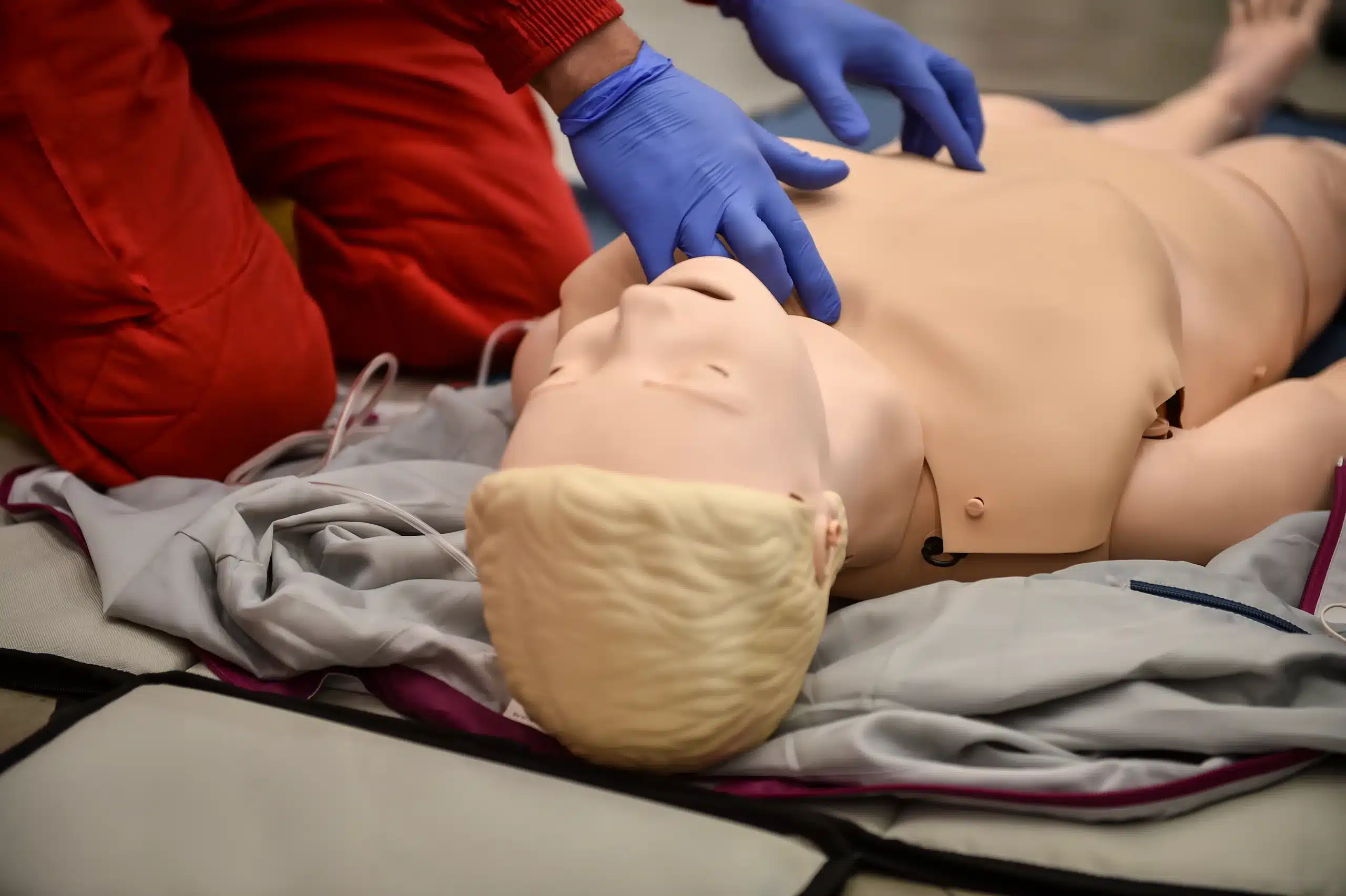Emergencies can happen anytime, anywhere. Would you know what to do? Basic Life Support (BLS) training empowers you to respond effectively in critical situations, providing essential skills like CPR and AED use. If you’re in Alameda, California, finding high-quality, affordable BLS training classes for the public in Alameda, CA is easier than you think. Safety Training Seminars offers a variety of AHA-certified courses designed to fit your schedule and learning style. This article explores the importance of BLS training, the key skills you’ll learn, and how to find the perfect course in Alameda to become a confident first responder.
Key Takeaways
- BLS training equips you with essential lifesaving skills: Learning CPR, AED use, and other critical interventions empowers you to confidently respond to emergencies and potentially save lives.
- Accessible and affordable BLS courses are readily available: Flexible schedules, blended learning options, and competitive pricing make it easier than ever to get certified in Alameda.
- Maintaining your BLS skills is an ongoing commitment: Regularly renewing your certification and pursuing continuing education ensures you’re always prepared to provide effective care.
What is Basic Life Support (BLS) Training?
What is BLS and why is it important?
Basic Life Support (BLS) training equips you with the skills to respond to life-threatening emergencies. Think cardiac arrest, choking, and severe bleeding—situations where rapid intervention can dramatically improve outcomes. BLS certification is especially valuable for healthcare providers, but it’s a smart move for anyone who wants to be prepared to help in a crisis. Knowing what to do can make all the difference. For more information, visit our BLS course page.
Key skills covered in BLS courses
BLS courses cover the essentials you need in a medical emergency. You’ll learn CPR for adults, children, and infants, how to use an Automated External Defibrillator (AED), and techniques for two-person CPR and bag-valve mask ventilation. These are fundamental skills that can help you stabilize someone until professional medical help arrives.
Who needs BLS certification?
While anyone can pursue BLS certification, it’s often required for certain professions. Jobs involving public safety or childcare frequently require this training. This includes healthcare providers, athletic coaches, teachers, daycare workers, lifeguards, and police officers. Even if it’s not mandatory for your job, having BLS training can give you the confidence to act quickly and effectively in an emergency. It’s a valuable asset both personally and professionally. Learn more about how to get BLS certified.
Find BLS Training in Alameda, CA
Finding the right BLS training program that fits your schedule and learning style is easier than you think. With various options, including in-person, online, and blended learning formats, you can find a course that works for you. Here’s a breakdown of what to expect and where to find BLS training in Alameda.
In-person training
Many students prefer the hands-on learning of in-person training. In Alameda, you can find classes offered daily, often with convenient scheduling. Safety Training Seminars, for example, offers courses from 7 am to 6 pm, allowing you to choose a time that fits your schedule. This face-to-face instruction provides real-time feedback from instructors and the opportunity to practice skills with other students.
Online learning components
Many BLS courses now incorporate online learning. This typically involves completing modules, watching videos, and taking quizzes before attending an in-person skills session. This blended approach lets you learn the theoretical material at your own pace and then demonstrate your skills in a practical setting. AHA BLS courses often include 1-2 hours of online coursework, followed by a skills test.
Blended learning options
Blended learning, combining online coursework with in-person skills sessions, offers flexibility and convenience. The American Red Cross, for example, offers a blended learning BLS program. This format allows you to complete the cognitive portion of the course online, then schedule a shorter in-person session to practice and test your skills.
BLS Training Providers in Alameda
Several organizations offer BLS training in Alameda. Here are a few options:
Safety Training Seminars
Safety Training Seminars provides a range of American Heart Association (AHA) certifications, including BLS, along with other essential life-saving courses like CPR, ACLS, PALS, and First Aid.
Alameda CPR Classes
Alameda CPR Classes offers daily classes from 8 am to 10 pm at their Alameda location. They provide a focused approach to BLS training, ensuring you receive the skills and knowledge to respond effectively in emergencies.
American Heart Association Training Center
While the AHA doesn’t directly conduct training, they set the standards for BLS certification. Many training centers adhere to these guidelines. AHA BLS certification typically requires both an online component and an in-person skills assessment.
Red Cross Alameda Chapter
The Red Cross is a well-known provider of BLS training. Their blended learning approach combines online learning with hands-on practice, offering a comprehensive and flexible learning experience.
Course Structure and Costs
Understanding the structure and costs associated with BLS training can help you prepare and choose the right course. Let’s break down what to expect.
Typical course duration and components
BLS certification courses typically involve a blended learning approach, combining online learning with in-person skills practice and testing. Expect to spend 1–2 hours on the online modules, covering essential concepts and procedures. This is followed by a 40–60 minute in-person skills session at a designated testing site, where you’ll demonstrate your proficiency under the guidance of a certified instructor. You can find more information on BLS course components on the Safety Training Seminars website.
Online modules vs. hands-on skills testing
While the online portion provides foundational knowledge, the American Heart Association (AHA) requires an in-person skills assessment for BLS certification. This hands-on component ensures you can effectively apply your knowledge in real-life scenarios. There’s no fully online option for AHA BLS certification, as confirmed by discussions on AllNurses.
Flexible scheduling options
Many training centers understand busy schedules and offer flexible class times. Safety Training Seminars, for example, provides classes daily, from 7 am to 6 pm, making it easier to fit training into your routine. Check with your chosen provider for their specific schedule. You can often find this information directly on the provider’s website.
Average costs and value
The total cost for BLS certification, including the online course, skills test, and AHA certification card, averages around $120. This comprehensive fee covers all necessary materials and instruction. For those looking for affordable options, Safety Training Seminars offers a low price guarantee in Alameda County.
Low price guarantees
It’s always a good idea to compare pricing and check for any guarantees when choosing a BLS training provider. This ensures you’re getting the best possible value for your investment.
Group discounts and financial assistance
If you’re coordinating training for a group, inquire about potential discounts. Many training centers offer reduced rates for group classes, especially those held at your location. This can be a cost-effective solution for workplaces or organizations. Bay Area CPR is a good resource for finding information on group discounts and financial assistance options.
Benefits of BLS Certification
Getting your BLS certification is more than just checking a box; it’s an investment in yourself, your career, and your community. Whether you’re a healthcare professional or not, understanding BLS can make a real difference.
Improve Personal and Community Safety
BLS certification equips you with practical skills to respond to emergencies like cardiac arrest, choking, and bleeding. These situations can happen anywhere, from your home to a public space. Having the training to react quickly and effectively can significantly improve the outcome for someone in need. It’s valuable for healthcare professionals and anyone who wants to be prepared to help in such critical situations. Knowing you can make a difference brings a sense of empowerment and can inspire others to learn these life-saving skills.
Advance Your Career
Many professions, especially those involving public safety or childcare, require BLS certification. Healthcare providers, athletic coaches, teachers, daycare workers, lifeguards, and even security personnel often need this training. Holding a current BLS certification can open doors to more job opportunities and demonstrate your commitment to safety and preparedness. It can also give you an edge in a competitive job market. If you’re looking to advance your career, BLS certification is a smart move.
Gain Confidence in Emergencies
One of the most valuable aspects of BLS training is the confidence it builds. The course isn’t just about memorizing steps; it’s about developing the muscle memory and critical thinking skills to respond effectively under pressure. BLS courses are designed to prepare you for real-life scenarios, giving you the confidence to take charge in an emergency and potentially save a life. This confidence extends beyond the workplace and empowers you to handle emergencies in any setting. Consider signing up for a course to gain this valuable confidence.
Nationwide Recognition of AHA Certification
When you receive your AHA BLS certification, you’re getting a credential that’s recognized across the country. This standardization ensures that employers and organizations know you’ve met a consistent set of high standards. AHA certifications are valid for two years, giving you ample time to utilize your skills and pursue continuing education opportunities. This national recognition adds weight to your certification and makes it a valuable asset wherever you go. Learn more about our AHA-certified courses.
Choose and Enroll in BLS Classes
Select the Right Course Format
Finding the right BLS training course often comes down to choosing a format that works for you. Think about your schedule and learning style. Do you prefer in-person instruction or the flexibility of online learning? Luckily, providers like Safety Training Seminars in Alameda offer various American Heart Association (AHA) certified courses, including BLS, ACLS, and PALS, with classes available daily. This makes it easier to find a time that fits your needs. The RQI (Resuscitation Quality Improvement) program is another option, offering a blended learning approach with an online component and an in-person skills test. You can often get same-day certification with this option.
Register and Meet Requirements
Registering for a BLS class is straightforward. Safety Training Seminars offers various daily sessions, typically running from 7 am to 6 pm. You can check their website for available classes and register. Most BLS courses involve 1-2 hours of online coursework, followed by a 40-60 minute skills testing session at a designated location. It’s helpful to consider your physical fitness level beforehand, especially if you have any physical limitations. The staff is there to support you, so don’t hesitate to contact the office if you need to reschedule or require breaks during the skills test. Check out their website for more information about their low price guarantee.
Payment and Certification Details
The cost for BLS training through Safety Training Seminars is $120, which covers the online learning materials, the skills test, and your AHA certification card upon successful completion. This nationally recognized AHA certification is valid for two years, ensuring your skills stay current and you’re prepared to respond effectively in an emergency. They also offer discounts for group classes, so if you’re registering with colleagues or friends, be sure to ask!
Maintain Your BLS Certification
Once you’ve earned your BLS certification, staying current is key. Knowing you’re prepared to handle an emergency builds confidence, and continued training is essential. Here’s how to keep your skills sharp and your certification valid:
Renew Your Certification
BLS certification is typically valid for two years. You’ll need to renew your certification to maintain your credentials and demonstrate continued competency. Many providers, including Safety Training Seminars, offer streamlined renewal courses. These refresher courses are often shorter than the initial certification class, saving you valuable time. Check with your certifying organization or training center for specific renewal requirements and options.
Continue Your Education
Even if your certification isn’t due for renewal, consider taking refresher courses periodically. Regular practice reinforces essential skills and keeps you up-to-date on the latest BLS guidelines. Think of it like a tune-up for your lifesaving abilities. Local providers often offer these refresher courses, making it easy to stay proficient.
Stay Updated on BLS Guidelines
BLS guidelines are periodically updated to reflect the latest scientific research and best practices. Staying informed about these changes is crucial for providing effective care. Your BLS training covers core skills like CPR (adult, child, and infant), two-person CPR, AED use, and bag-valve mask use, but advancements in techniques and technologies do happen. Review updated guidelines and consider attending refresher courses to incorporate these changes into your practice. This ensures you’re always prepared to deliver the highest quality of care in any emergency.
Related Articles
- BLS Training in Alameda: The Ultimate Guide – Alameda CPR Classes
- BLS Courses in Berkeley: Your Complete Guide – Alameda CPR Classes
- BLS Certification in Alameda for Healthcare Providers – Alameda CPR Classes
- BLS Certification in Berkeley: A Guide for Healthcare Providers – Alameda CPR Classes
- BLS Certification in Alameda: Your Complete Guide – Alameda CPR Classes
Frequently Asked Questions
How long does it take to get BLS certified?
BLS certification typically involves a few hours of online coursework followed by a relatively short in-person skills session, usually under an hour. You can often complete the entire process and receive your certification card on the same day.
What’s the difference between online and in-person BLS training?
Many BLS courses use a blended learning format, combining online modules with an in-person skills test. The online portion covers the background information and procedures, while the in-person session allows you to practice and demonstrate your skills to a certified instructor. The American Heart Association requires an in-person skills assessment for BLS certification.
How much does BLS certification cost?
The cost of BLS certification varies, but it typically averages around $120, which usually includes the online materials, in-person skills testing, and your certification card. Look for providers like Safety Training Seminars that offer a low price guarantee. Group discounts may also be available.
Where can I find BLS classes in Alameda?
Several organizations offer BLS training in Alameda, including Safety Training Seminars, Alameda CPR Classes, and the Red Cross. Check their websites for schedules, course formats, and pricing. Many providers offer convenient daily classes.
How often do I need to renew my BLS certification?
BLS certification is generally valid for two years. To maintain your credentials, you’ll need to take a recertification course before your current certification expires. Renewal courses are often shorter than the initial certification class.


